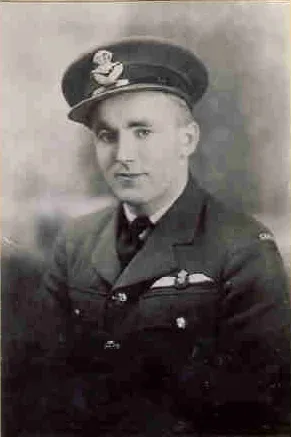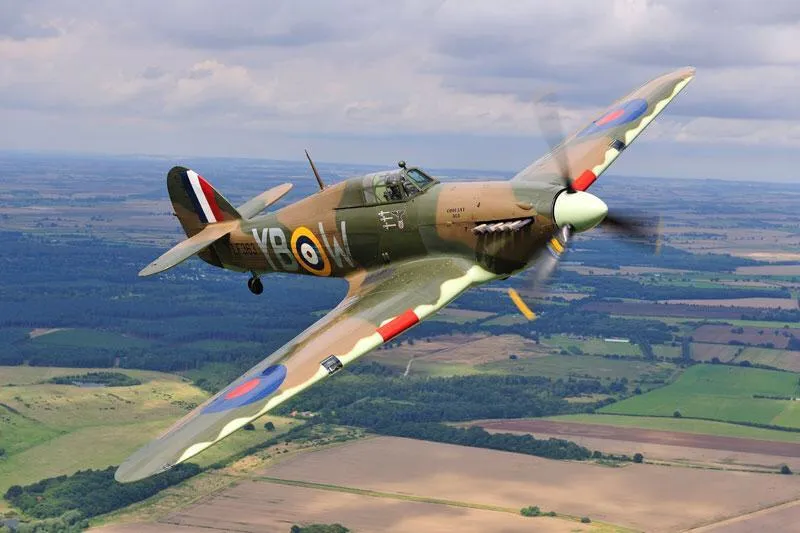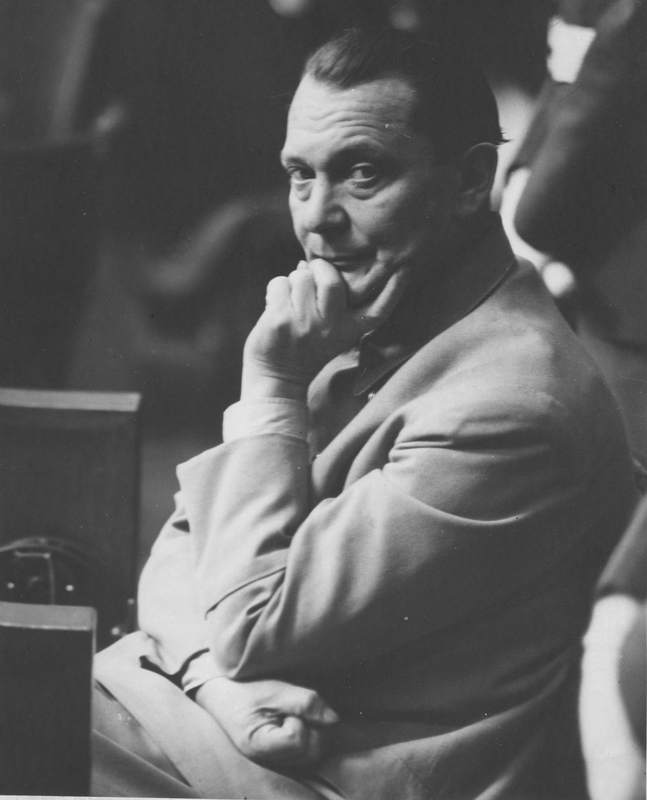1 Sqn (In omnibus princeps) Hurricane I aircraft P 3876 shot down during the Battle of Britain, near Staplehurst, Kent, England. Flying Officer R Smither (RCAF) was killed.
p> Flying Officer D Nesbitt was also shot down in the same action but baled out to safety.BROTHER to Sydney Frank Smither, who was killed 1942-06-05 flying with 401 Sqn in Spitfire Vb aircraft BL 849
<



